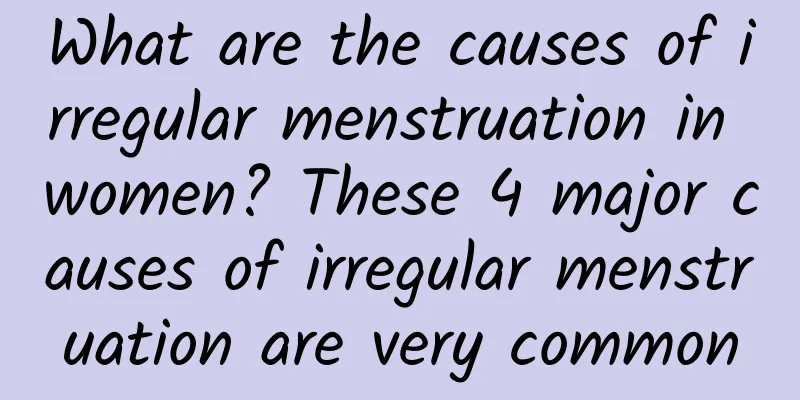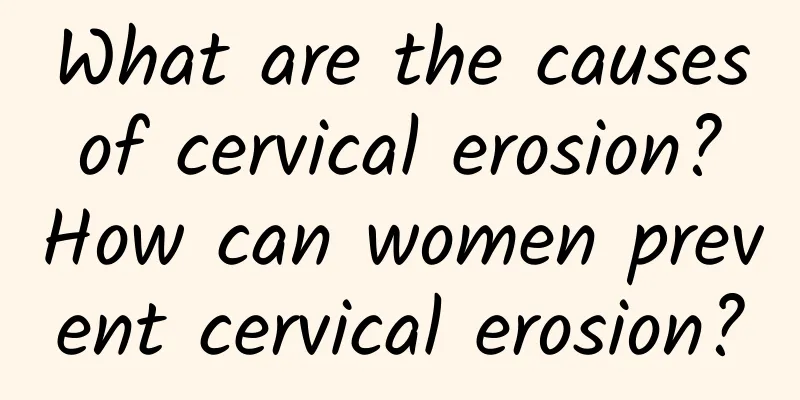Auxiliary examination of uterine fibroids How to treat uterine fibroids

|
Uterine fibroids grow rapidly and can undergo different degenerations. Sarcoma degeneration is about 0.5-1% of uterine fibroids that transform into sarcomas, which is more common in elderly patients. So, what are the auxiliary examinations for uterine fibroids? What is the treatment for uterine fibroids? It is difficult to diagnose smaller fibroids, especially submucosal fibroids, by gynecological examination alone. B-ultrasound can clearly show the size and location of fibroids; it is one of the main means of diagnosing uterine fibroids; diagnostic scraping can feel the protrusion or obvious unevenness of the endometrium. Through the above examinations, diagnosis is generally not difficult. For fibroids that grow rapidly or continue to grow after menopause, from hard to soft, the possibility of malignant transformation should be considered. Women are also more likely to suffer from gynecological diseases, and the occurrence of gynecological diseases will have a great impact on the patient's life. At present, many women suffer from uterine fibroids. Therefore, when the disease occurs, patients should pay attention to the treatment methods of uterine fibroids. The treatment methods of uterine fibroids include: Minimally invasive surgery makes up for the shortcomings of traditional treatment methods and surgical treatment, and can make patients recover as soon as possible, and the risk of surgical treatment is relatively reduced. Because it is a minimally invasive surgery, the wound is very small, which can satisfy women's beauty hobbies. Surgical treatment, because surgical treatment is to remove the fibroids in the uterus, which can allow patients to recover as soon as possible and reduce the harm of the disease to health. But generally speaking, for patients who do not have fertility requirements, surgical treatment can be performed. This is one of the treatments for uterine fibroids. Conservative treatment is a common treatment for uterine fibroids. Although drug treatment can play a certain role, for patients with severe conditions, drug treatment can only treat the symptoms but not the root cause, and cannot completely cure uterine fibroids. Because the drug contains hormones, long-term use will not improve the condition. This method is still suitable for patients with milder conditions. |
<<: How to treat uterine fibroids How to treat uterine fibroids
>>: What are the treatments for uterine fibroids? Can uterine fibroids turn into uterine cancer?
Recommend
What to eat to prevent recurrent miscarriage? In addition to walnuts, there are these
If you want to prevent recurrent habitual miscarr...
How much harm does abortion do to women? Listen to the doctor
Abortion is a common measure for many women to te...
What are the prevention methods of uterine fibroids?
Uterine fibroids are the most common gynecologica...
Women should pay special attention to preventing vaginitis during menstruation
MicrosoftInternetExplorer402DocumentNotSpecified7....
What are the chances of curing endometrial tuberculosis?
Endometrial tuberculosis is the top uterine disea...
Out of control appetite? Study: Eating 30 grams of pure dark chocolate a day will not cause cravings
It’s cold in winter, and you can’t resist the urg...
Menstrual period is an important period for the onset of pelvic inflammatory disease
Through understanding the causes of pelvic inflam...
Cryolipolysis can easily mislead people and exaggerate its efficacy, which may be illegal
Some medical beauty clinics claim that "free...
What are the preventive and therapeutic methods for ectopic pregnancy?
Ectopic pregnancy is a common gynecological disea...
How to use medicine for vulvar itching
Vulvar itching is a problem that many people don&...
What should I do if my leucorrhea is always a little yellow a week before my period?
What should I do if my leucorrhea is always a lit...
Analysis of the method of diagnosing cervical hypertrophy during early vulvar examination
For patients with cervical hypertrophy, the earli...
Can B-ultrasound check for miscarriage?
Some women have had abortions due to some unavoid...
What causes polycystic ovaries?
What is the cause of polycystic ovarian changes? ...
Women need to keep in mind the symptoms of ovarian cysts
At present, more and more people are aware of ova...









